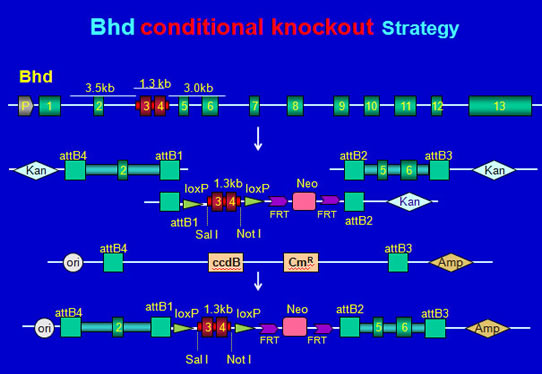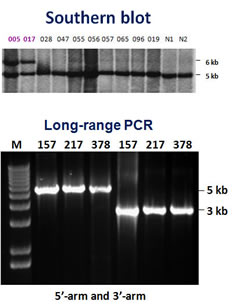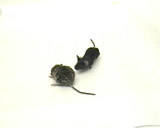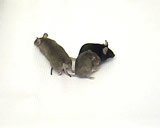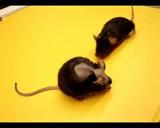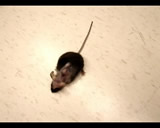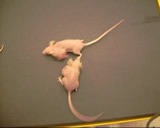Introduction of Knockout Mouse Cancer Models
A knockout mouse is a genetically engineered mouse in which researchers have inactivated, or "knocked out," an existing gene by replacing it or disrupting it with an artificial piece of DNA. The loss of gene activity often causes changes in a mouse's phenotype, which includes appearance, behavior and other observable physical and biochemical characteristics.
Knockout mice are important animal models for studying the role of genes which have been sequenced but whose functions have not been determined. By causing a specific gene to be inactive in the mouse, and observing any differences from normal behaviour or physiology, researchers can infer its probable function.
Mice are currently the most closely related laboratory animal species to humans for which the knockout technique can easily be applied. They are widely used in knockout experiments, especially those investigating genetic questions that relate to human physiology. Gene knockout in rats is much harder and has only been possible since 2003.
The procedure of producing a knockout mouse model is very complicated and time-comsuming (taking years), involving knowledges of molecular biology/genetics, stem cell, embryo development, mouse genetics, and pathology. The first knockout mouse was created by Mario R. Capecchi, Martin Evans and Oliver Smithies in 1989, for which they were awarded the Nobel Prize for Medicine in 2007. Aspects of the technology for generating knockout mice, and the mice themselves have been patented in many countries by private companies.
I also developed a few knockout mouse models. The following mouse models are kideny-specific knockout mice in which a kidney cancer-related tumor suppressor gene, called Bhd (BHD in human), has been disrupted and the Bhd gene lost the function of tumor surpressing ability. Thus, the affected mice are predisposed to kidney cancer or renal carcinomas and related diseases. Attached are videos showing that the affected mice look like.
Kidney Cancer Bhd Knockout mouse models
